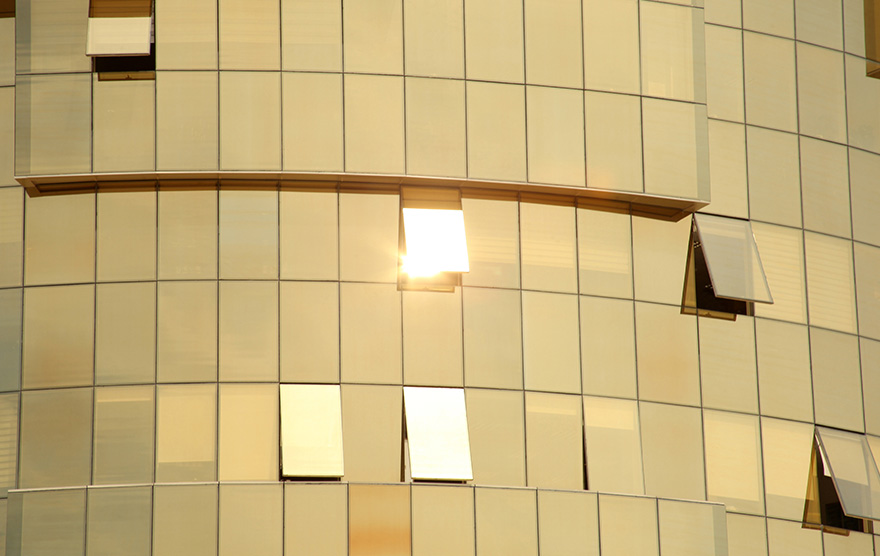Annealed glass is one of the most widely used glass forms seen throughout buildings in windows, doors, partitions, and display cases. While often overshadowed by advanced glass products, this fundamental type offers unmatched affordability and customization through an array of aesthetic options and fabrication methods. This guide will explore the types of annealed glass, the advantages it brings to the table, and how to keep it looking pristine over the years.
There are a few main types of annealed glass defined by their aesthetic finish: clear, tinted, and frosted. Each variety has its unique characteristics and applications.
1. Clear Glass
Clear annealed glass is transparent and colorless. Over 90% of visible light can pass through this type of glass unhindered. Optical clarity and lack of tinting provide full visibility, making clear annealed glass ideal for applications like windows and doors with desired unobstructed views. This glass is easy to cut and fabricate into end products.
2. Tinted Glass
Tinted annealed glass has colour integrated directly into the glass. Different metal oxides are added to the molten glass to create bold or subtle tints ranging from grey and bronze to shades of blue, green, or amber. Tints mainly serve an aesthetic purpose but can also help reduce glare and heat gain Tinted glass sets a stylish tone when used in architectural accents, cabinet doors, and furnishings.
3. Frosted Glass
Frosted annealed glass has an etched, matte finish that obscures visibility and diffuses light. Acid etching or sandblasting methods are used to erode the surface to different degrees of translucency. Frosted glass provides privacy while still transmitting daylight. It is popularly used in bathroom windows and interior partitions to allow light while obscuring the view. The soft, muted appearance of frosted glass lends well to modern interior design.
Advantages of Annealed Glass
There are several notable advantages to using annealed glass:
Cost-Effectiveness:
Due to its basic manufacturing, annealing process, and lack of extra treatments, annealed glass is more economical than other glass types. Its affordability makes it a practical choice for various residential, commercial, and industrial applications.
Versatility in Applications:
The fundamental qualities of annealed glass, like optical clarity, easy cutting, and lamination properties, allow it to be adapted into many end-use fabrications. Annealed glass can be found in products like tabletops, cabinet doors, wall mirrors, shelf displays, and appliance covers throughout homes and buildings.
Best Practices for Maintaining Annealed Glass
While annealed glass is durable and reliable when properly handled, chipping and cracked panes are not uncommon. Following best practices will help ensure the safety and longevity of the glass:
- Perform regular inspections of existing annealed glass and remediate any damage immediately. Failing to address cracks can lead to the glass fracturing spontaneously.
- Exercise caution when cleaning to avoid scraping, scratching, and applying excess pressure. Use soft cleaning materials like microfiber cloths with mild detergent and warm water.
- During renovations and new construction, protect glass panes from debris, tools, and chemical contact. Cover panes as needed and outline professional glass handling protocols.
- For replacements and new installations, consult glass specifications and codes to select suitable annealed glass thicknesses and dimensions for each unique application.
Conclusion
With its affordable pricing and reliable performance, annealed glass remains ubiquitous in residential and commercial settings despite shifts toward more advanced glass technologies. While typical annealed glass lacks additional capabilities like tempering, coatings, and embedded wire meshes, its diverse aesthetics and highly customizable nature with tints, etches, and laminations ensure it continues meeting endless needs.
When annealed glass is properly selected for intended use cases and cared for over time, it provides lasting safety, energy savings, and unique design expressions. If you’re thinking of installing the annealed glass at your home, contact AIS Glass.

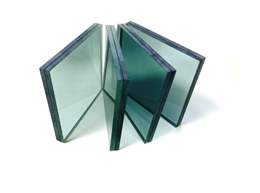




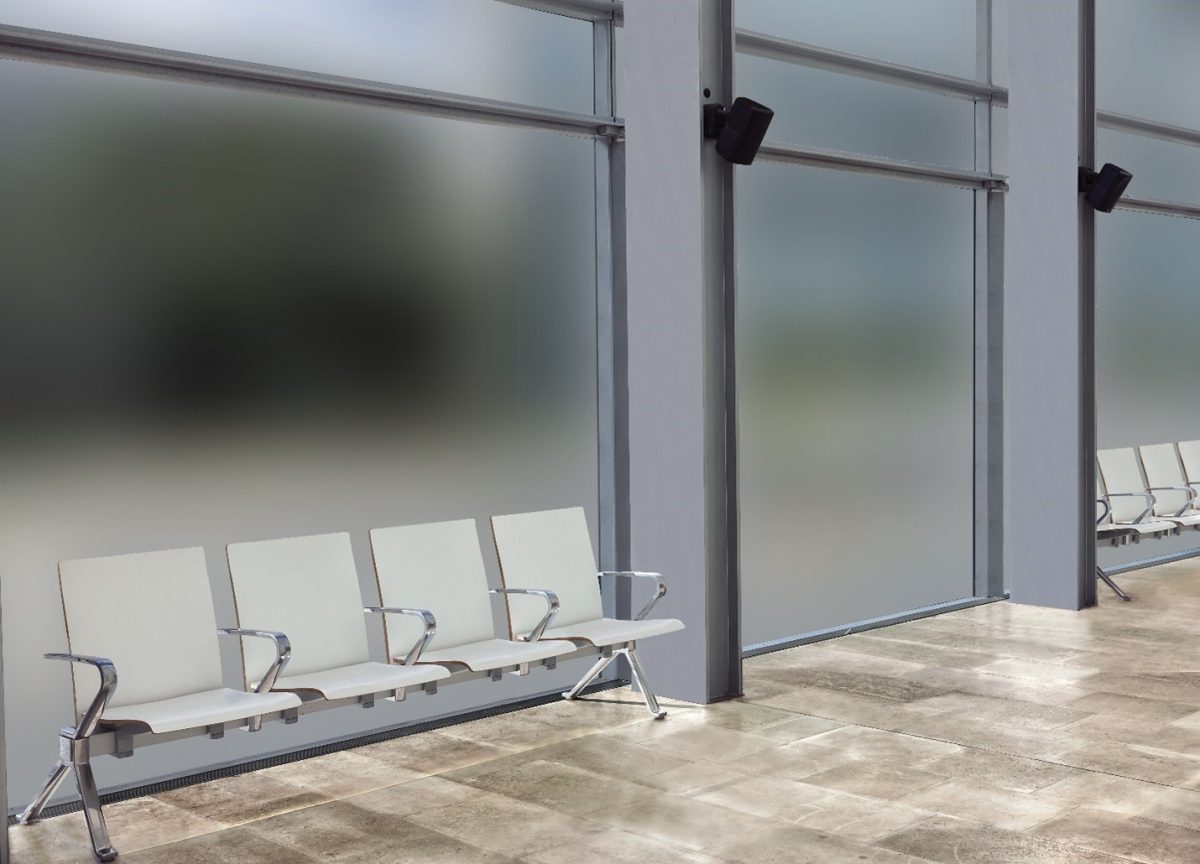

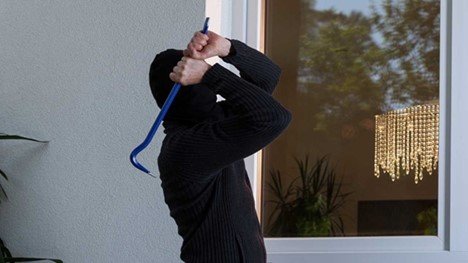
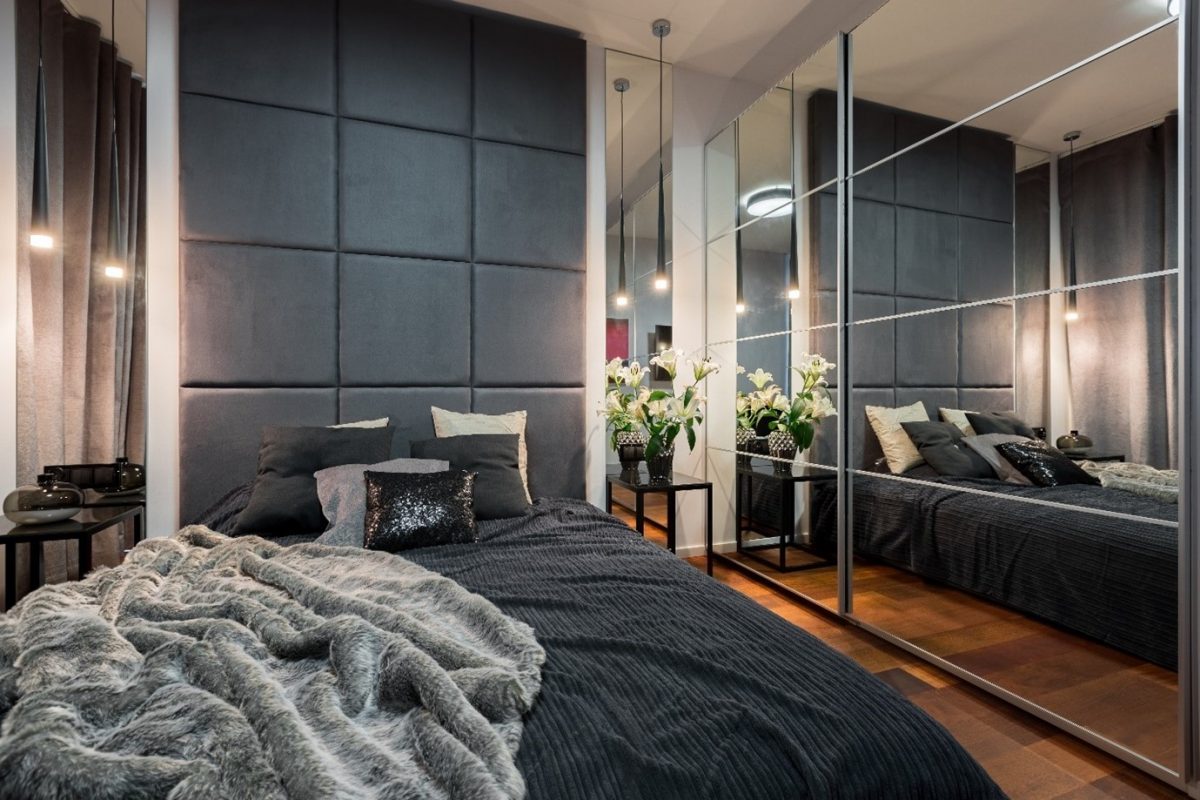




![]Sound Proofing Glass at Home & Offices](https://www.aisglass.com/wp-content/uploads/2023/03/Image-145.jpg)

